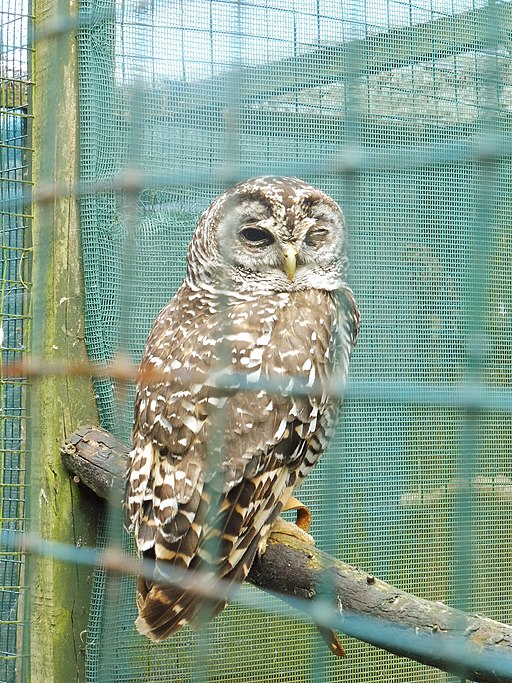Superregnum: Eukaryota
Cladus: Unikonta
Cladus: Opisthokonta
Cladus: Holozoa
Regnum: Animalia
Subregnum: Eumetazoa
Cladus: Bilateria
Cladus: Nephrozoa
Superphylum: Deuterostomia
Phylum: Chordata
Subphylum: Vertebrata
Infraphylum: Gnathostomata
Megaclassis: Osteichthyes
Cladus: Sarcopterygii
Cladus: Rhipidistia
Cladus: Tetrapodomorpha
Cladus: Eotetrapodiformes
Cladus: Elpistostegalia
Superclassis: Tetrapoda
Cladus: Reptiliomorpha
Cladus: Amniota
Classis: Reptilia
Cladus: Eureptilia
Cladus: Romeriida
Subclassis: Diapsida
Cladus: Sauria
Infraclassis: Archosauromorpha
Cladus: Crurotarsi
Divisio: Archosauria
Cladus: Avemetatarsalia
Cladus: Ornithodira
Subtaxon: Dinosauromorpha
Cladus: Dinosauriformes
Cladus: Dracohors
Cladus: Dinosauria
Ordo: Saurischia
Cladus: Eusaurischia
Subordo: Theropoda
Cladus: Neotheropoda
Cladus: Averostra
Cladus: Tetanurae
Cladus: Avetheropoda
Cladus: Coelurosauria
Cladus: Tyrannoraptora
Cladus: Maniraptoromorpha
Cladus: Maniraptoriformes
Cladus: Maniraptora
Cladus: Pennaraptora
Cladus: Paraves
Cladus: Eumaniraptora
Cladus: Avialae
Infraclassis: Aves
Cladus: Euavialae
Cladus: Avebrevicauda
Cladus: Pygostylia
Cladus: Ornithothoraces
Cladus: Ornithuromorpha
Cladus: Carinatae
Parvclassis: Neornithes
Cohors: Neognathae
Cladus: Neoaves
Ordo: Strigiformes
Familia: Strigidae
Subfamilia: Striginae
Genus: Strix
Species: Strix chacoensis
Name
Strix chacoensis Cherrie & Reichenberger, 1921
References
American Museum Novitates no.27 p. 1
Vernacular names
čeština: Puštík paraguajský
The Chaco owl (Strix chacoensis) is an owl found in Argentina, Bolivia, and Paraguay.[3]
Taxonomy and systematics
The Chaco owl was originally described as a species, then quickly reclassified as a subspecies of rufous-legged owl (Strix rufipes). A 1995 paper provided strong morphological and vocal evidence that the original treatment as a species in its own right was correct. Later work showed that it is probably more closely related to the rusty-barred owl (S. hylophila) than to the rufous-legged. It is monotypic.[4][5][6]
Description
The Chaco owl is 35 to 38 cm (14 to 15 in) long. Males weigh 360 to 435 g (12.7 to 15.3 oz) and females 420 to 500 g (15 to 18 oz). It has a round head with no ear tufts. Adults have a pale grayish white facial disk with concentric dark lines. Their upperparts are dusky brownish black with narrow white and yellowish buff barring. Their underparts are off-white with dark brown barring. The tail is dark grayish brown with narrow pale bars.[6]
Distribution and habitat
The Chaco owl is found in southern South America, from Bolivia's Santa Cruz Department south through western Paraguay into north-central Argentina as far as Córdoba and Buenos Aires provinces. Its elevational range is not well known, but in Argentina it is found between 500 and 1,300 m (1,600 and 4,300 ft). It inhabits the Gran Chaco, a biome characterized by low rainfall. The species is found there in hilly, rolling, and flat terrain with a wide variety of forest types, both dense and semi-open.[6]
Behavior
Feeding
The Chaco owl is primarily nocturnal but is vocally active at dawn and dusk. It hunts from a perch, dropping on or flying to small mammals, birds, reptiles, and invertebrates.[6]
Breeding
The Chaco owl's breeding phenology is poorly known but is assumed to be similar to that of other Strix owls. It probably nests in tree cavities or possibly holes in the ground. Captive females lay two to three eggs.[6]
Vocalization
Dickcissel male perched on a metal pole singing, with neck stretched and beak open.
Songs and calls
Listen to Chaco owl on xeno-canto
The male Chaco owl's song is a "rather frog-like crococro craorr-craorr craorr-craorr, with emphasis on the first craorr". The female's song is similar but higher pitched.[6]
Status
The IUCN originally assessed the Chaco owl as being of Least Concern but uprated it to Near Threatened in 2018. Its population size is not known but " is declining due to forest loss throughout its range."[1]
References
BirdLife International (2020). "Chaco Owl Strix chacoensis". IUCN Red List of Threatened Species. 2020. Retrieved 7 September 2021.
"Appendices | CITES". cites.org. Retrieved 2022-01-14.
Gill, F.; Donsker, D.; Rasmussen, P. (July 2021). "IOC World Bird List (v 11.2)". Retrieved July 14, 2021.
Straneck, R.; Vidoz, F. (1995). "Sobre el estado taxonómico de Strix rufipes (King) y de Strix chacoensis (Cherrie y Reichenberger) (Aves: Strigidae)". Not. Faun. (in Spanish). 74: 1–5.
Remsen, J. V., Jr., J. I. Areta, E. Bonaccorso, S. Claramunt, A. Jaramillo, D. F. Lane, J. F. Pacheco, M. B. Robbins, F. G. Stiles, and K. J. Zimmer. Version 24 August 2021. A classification of the bird species of South America. American Ornithological Society. https://www.museum.lsu.edu/~Remsen/SACCBaseline.htm retrieved August 24, 2021
Santander, F., R. A. Figueroa, M. Martínez, and S. Alvarado (2020). Chaco Owl (Strix chacoensis), version 1.0. In Birds of the World (T. S. Schulenberg, Editor). Cornell Lab of Ornithology, Ithaca, NY, USA. https://doi.org/10.2173/bow.chaowl1.01 retrieved September 7, 2021
Additional reading
König, Weick and Becking. 1999. "Owls: A Guide to the Owls of the World". Yale University Press
Retrieved from "http://en.wikipedia.org/"
All text is available under the terms of the GNU Free Documentation License


